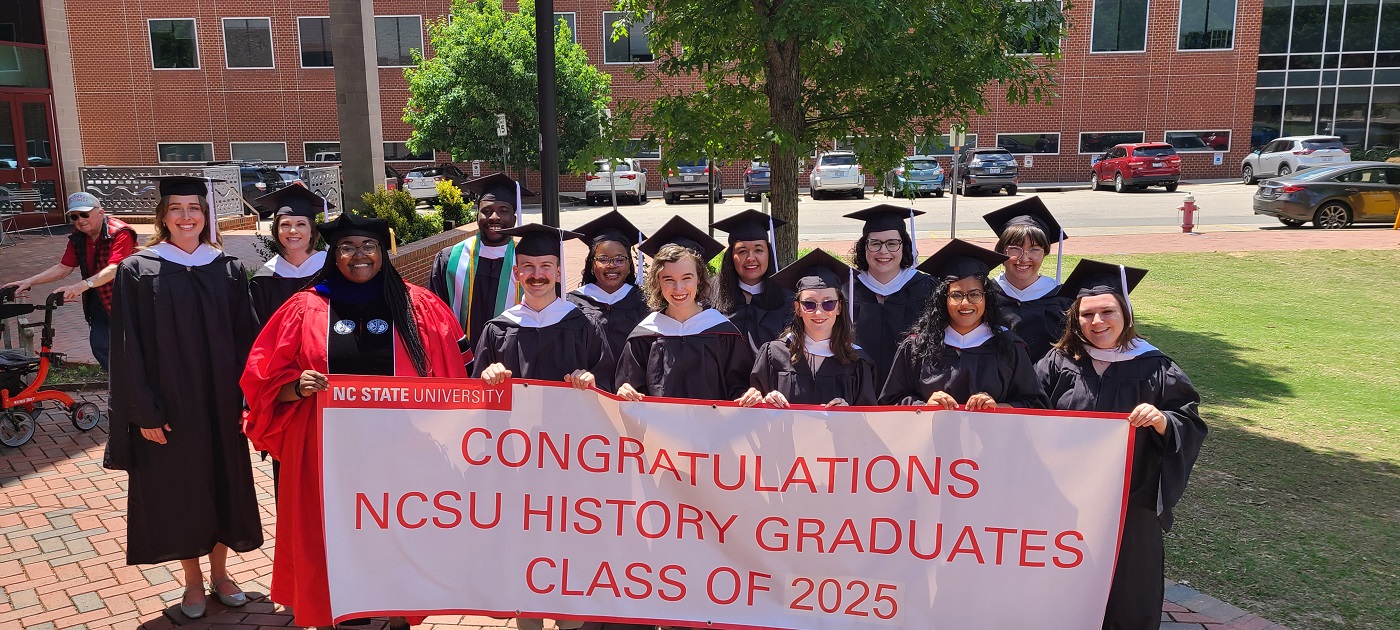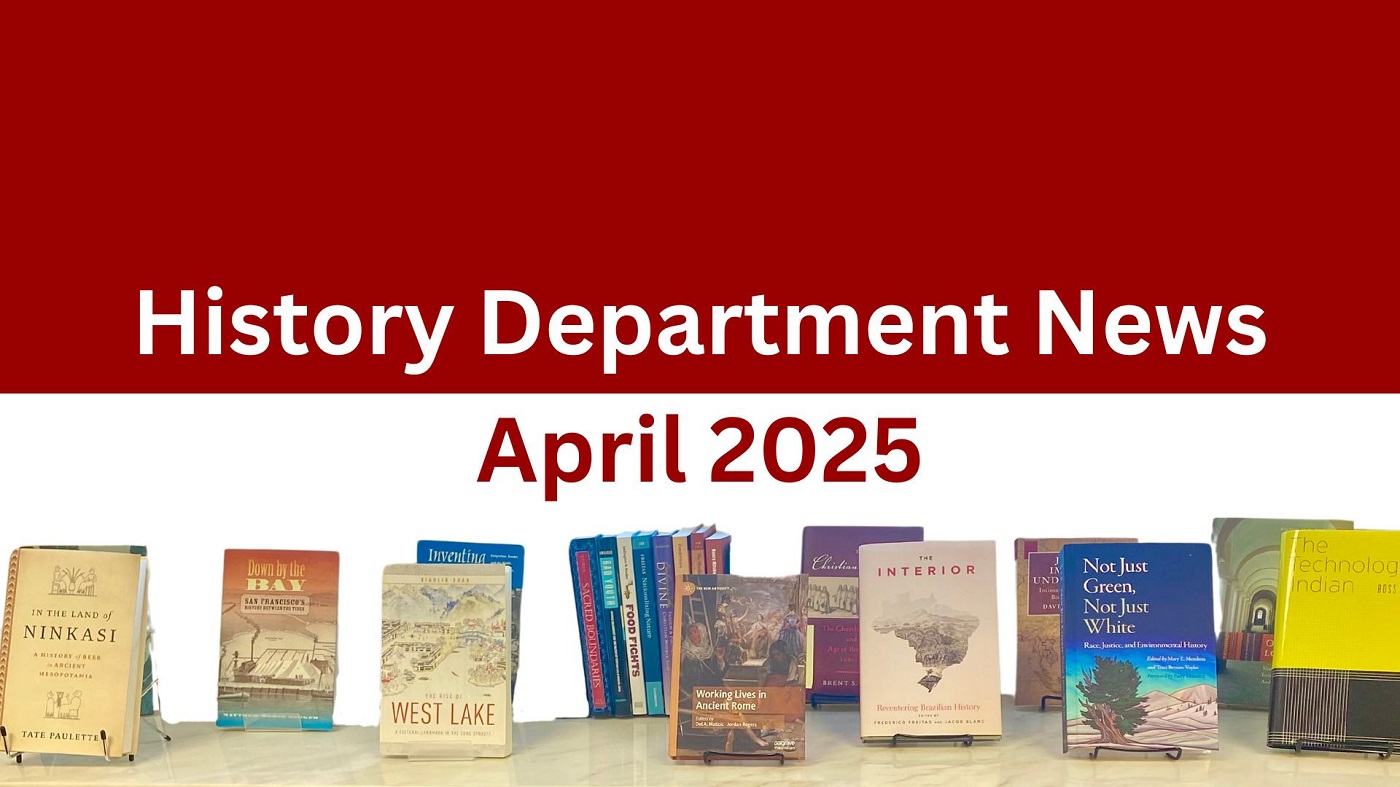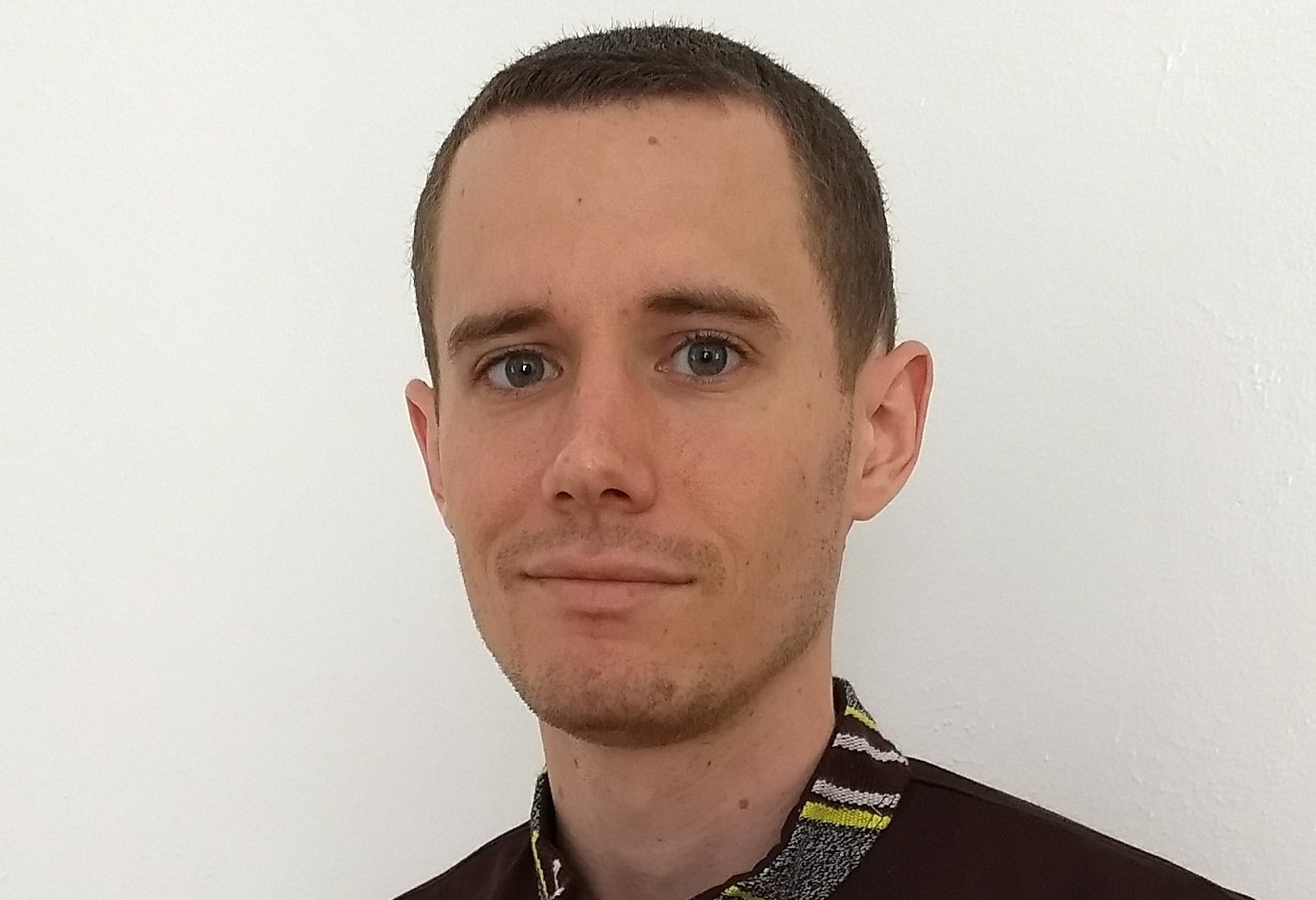Dr. David Ambaras Receives NEH Digital Humanities Advancement Grant
 The Department of History is proud to announce that David R. Ambaras, Professor of History at North Carolina State University, and Kate McDonald, Associate Professor of History at the University of California, Santa Barbara, have received a $100,000 Digital Humanities Advancement Grant from the National Endowment for the Humanities’ Office of Digital Humanities for their project Bodies and Structures: Deep-Mapping Modern East Asian History. The grant will permit them to complete Version 2.0 of the website and to develop new analytical tools for Scalar (https://scalar.me/anvc), the open-source digital platform on which it is published.
The Department of History is proud to announce that David R. Ambaras, Professor of History at North Carolina State University, and Kate McDonald, Associate Professor of History at the University of California, Santa Barbara, have received a $100,000 Digital Humanities Advancement Grant from the National Endowment for the Humanities’ Office of Digital Humanities for their project Bodies and Structures: Deep-Mapping Modern East Asian History. The grant will permit them to complete Version 2.0 of the website and to develop new analytical tools for Scalar (https://scalar.me/anvc), the open-source digital platform on which it is published.
Bodies and Structures is a platform for researching and teaching spatial histories of East Asia and the larger worlds of which they were a part. The site combines individually-authored, media-rich content modules with conceptual maps and visualizations. The modules analyze primary sources with significant spatial historical themes. The conceptual maps and visualizations reveal thematic, historical, and geographic connections between the modules. Each module also includes a translated primary source or sources.
In contrast to traditional digital spatial history projects, which use cartographic maps to index their information, Bodies and Structures approaches mapping in multiple ways: a force-directed map that indexes each page according to key spatial concepts; a complete map of the site as a grid, which allows users to create their own pathways across pages; and a geotagged Google map. These maps also represent the collaborative curatorial and analytical work of the site’s contributors and editors. The result is a media-rich environment that can be read linearly or nonlinearly, and explored conceptually or geographically.
The site also offers a powerful tool for teaching skills of historical thinking. It visualizes the conceptual maps that undergird humanistic interpretation of the past and demonstrates how different maps generate different interpretations of the past. Moreover, by retaining individual authorship and expert interpretation as the foundation of our collaborative analyses, the site provides an innovative model for integrating the standard model of scholarly production in humanities disciplines into a multi-author digital project.
Ambaras and McDonald released Bodies and Structures 1.0 in January 2019. The site’s seven modules tell spatial stories about colonial political activists; interethnic intimacies and regional migration; department stores and empire; the multi-layered spaces of the modern drugstore; Chinese settlement on the Mongolian frontier; the firebombing of Tokyo; and the photographic eye of an American army dentist in occupied Okinawa. Bodies and Structures 2.0 will add ten new modules and new conceptual maps and visualizations. These modules expand the geographic and historical scope of the site to include spatial stories set in Qing and Republican China, early modern Japan, modern Vietnam, as well as additional modules on twentieth-century Japan and approaches from Literature and Art History.
The NEH grant will also fund the development of two new sets of tools for the Scalar platform. The first set will enhance the number of ways that users can customize visualizations based on the content of pages. The second set will allow users to create “Lenses” and “Users Workspaces” that capture slices of a book’s content, pair them with a visualization, and retain the Lens for later use or sharing with other users. Craig Dietrich, Curtis Fletcher, and Erik Loyer of the Alliance for Networking Visual Culture and Lucas Miller of RUST LTD will develop and implement the tools. The new tools will be made available to all of Scalar’s 29,000 registered users, as well as to users of local installations of Scalar.
Contact: David R. Ambaras, dambaras@ncsu.edu, Kate McDonald, kmcdonald@history.ucsb.edu.
Follow Bodies and Structures on Twitter: @bodiesandstruct
Or on Facebook: https://fb.me/bodiesandstructures
ABOUT THE NATIONAL ENDOWMENT FOR THE HUMANITIES
Created in 1965 as an independent federal agency, the National Endowment for the Humanities supports research and learning in history, literature, philosophy, and other areas of the humanities by funding selected, peer-reviewed proposals from around the nation. Additional information about the National Endowment for the Humanities and its grant programs is available at: www.neh.gov.
- Categories:


